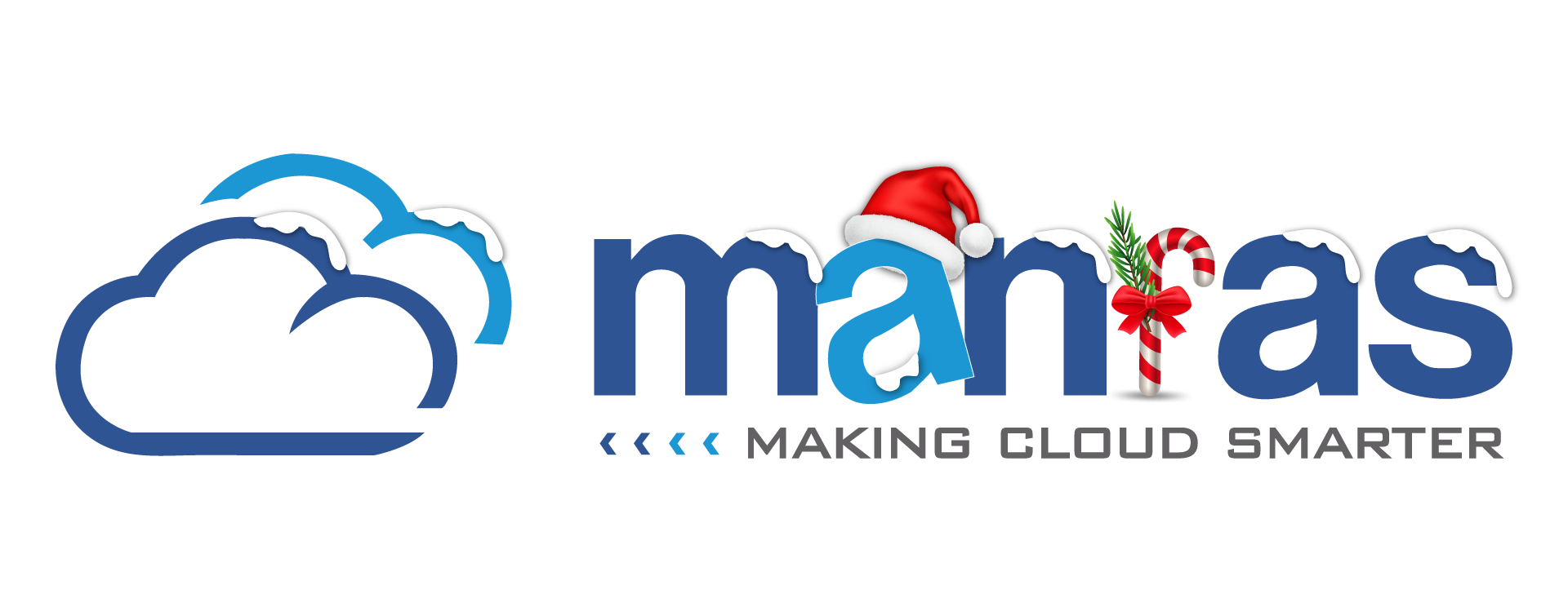
Pardot Salesforce Integration Shines Light to Halt Nurturing in the Dark
Marketers pour hours of effort into writing emails, designing lead nurture paths, and constructing campaigns that feel thoughtful but all too often, they act without the most essential component of the equation: insight into what truly drives revenue. Engagement measures like opens and clicks only show part of the picture. With no idea which leads convert, which campaigns drive the pipeline, or when sales finally takes up the conversation, marketing operates on supposition, not insight. That ambiguity squanders time, distorts strategy, and leaves teams trapped in a guessing game. Pardot Salesforce integration ends the guessing game.
Pardot bridges marketing automation to the CRM so there’s an effortless flow of data from campaign activity to sales results. Now, you can instantly see which leads become opportunities, which emails are included in closed-won deals, and how every touch supports or delays the sales process. It transforms isolated platforms into one mighty system where marketers don’t only send messages, they drive revenue with intent.
If you’re still working in the dark, you’re losing the cues your leads are giving. But with proper integration set up, you have a clear roadmap ahead from initial engagement to closing handshake.
The Dark Room of Scattered Data without Salesforce Pardot
Working without linked systems in a revenue team is like navigating in a dark room. You’re always making progress but infrequently with purpose or direction. Marketers send campaigns and generate leads but have no idea what happens to those leads once they’re in the sales funnel.
They have no idea if a lead who clicked on five emails ever contacted sales or if a high-performing campaign actually impacted a deal. The feedback loop is broken. Sales, however, gets leads with no context at all. They don’t know which emails a prospect opened, what pages they looked at, or if they’ve been nurtured for days or weeks. So they waste time asking questions that marketing has already answered, or worse, ignore great leads altogether because they appear cold on paper. The outcome is lost opportunities, duplicated effort, and inconsistent follow-ups.
This disconnection creates a domino effect of inefficiency. Marketing burns budget pursuing leads that aren’t ready to buy or reconnecting already closed contacts. Sales becomes frustrated with poor-quality leads and mixed-up priorities. Leadership can’t rely on the data since it sits in silos, and reporting is a guessing game. Nobody has the full picture and that makes strategy more gambling than planning.
The Pardot Salesforce integration solves this by synchronizing lead engagement and activity directly into the CRM, having one single system that both sales and marketing can use.
Teams no longer need to make assumptions about what works once integrated. They can map every touchpoint, every deal, and every conversion back to its origin. Marketing knows their revenue drivers. Sales knows which leads are warm and what they’ve been exposed to. And leadership has a clear, connected picture of the funnel. Simply put, integration shines a light so every move your team makes is informed by data, not just activity.
Flipping the Switch with Pardot Salesforce Integration
Pardot integration with Salesforce shines the lights on what had previously been a room of disparate data. Suddenly, all a prospect’s activity like every click, every form submission, every page view is part of a transparent, integrated picture. What had previously been locked away in silos now flows into a unified system both marketing and sales can rely upon.
Sales reps no longer initiate conversations in the dark. When they make their first call, they already know which emails the lead opened, which assets they downloaded, and how long they spent on major pages. Context makes cold outreach timely, well-targeted follow-up.
Marketers, on their part, put an end to making assumptions about what content is working. With visibility into real-time engagement and sales results, they create campaigns that directly address where the lead stands in the buying process. No more mass messages. No more wasted touches. They personalize with intention and finally achieve the results.
This Pardot Salesforce marketing cloud doesn’t simply bridge two platforms. It builds a single, smart system that enables your team to go faster, act smarter, and close more deals with confidence.
What You Start Seeing Once the Light’s On with Salesforce Pardot Integration
As soon as you turn on Pardot Salesforce integration, the mist disappears and the true story of your leads and campaigns becomes clear.
What was once a “ghost lead” is now a high-potential opportunity. Sales no longer pursues cold names on a list. Instead, sales views the entire engagement history like what emails the lead opened, what content they visited, and how they’ve interacted long-term. Each conversation starts with actual context, not guesswork.
“The Blind Campaign” takes its focus back. Marketers no longer broadcast generic messages to whole lists. Today, they target by industry, deal stage, or even specific behaviors. A discovery lead doesn’t receive the same content as one at the decision point. The messaging gets tighter, and the results follow.
And “the guesswork report”? That turns into a clear map of revenue. Leadership knows precisely which campaigns drove the needle, which emails impacted closed-won deals, and where to invest next time. No more vanity metrics, in fact more impact, alignment, and better decisions all around. Integration doesn’t merely link tools, it unlocks the clarity to act upon what matters.
The Toolkit to Keep the Lights On with Salesforce Pardot Integration
With Pardot Salesforce integration, your team has the means to flip not only the switch but also keep the lights on forever.
Begin with automated lead scoring that maps directly to sales criteria. When a prospect interacts with the appropriate content or reaches a particular score, the system automatically updates with no manual tracking, no lost signals.
Create aligned campaigns where Pardot and Salesforce act as a single team. Each Pardot experience connects back to a Salesforce campaign, providing both teams common visibility into which touchpoints cause action.
Fire off real-time alerts when a lead becomes suddenly hot like when they open a high-relevance email, return to a pricing page, or download a major asset. Sales won’t have to wait or guess; they jump in at the right time.
Last but not least, make dashboards that reveal the whole picture. You uncover every stage of the funnel from first awareness to final revenue. Teams no longer work in fragments and begin working from a single, living strategy.
This Pardot Salesforce marketing cloud doesn’t merely optimize processes, it fuels alignment, velocity, and growth.
From Lightbulb Moment to Long-Term Clarity
The actual power of Pardot Salesforce integration isn’t merely in the instant visibility, it’s in the way that transparency continues and adapts with your company. What begins as an innovation becomes your new benchmark in no time.
Rather than pursuing vanity metrics such as open rates or nonspecific clicks, your team begins measuring what truly matters: qualified leads, sales velocity, and revenue impact. Teams don’t just view campaigns, they connect them directly to real pipeline results.
Over time, alignment no longer needs to be a quarterly objective but rather a way you do things. Sales trusts marketing since the leads arrive educated and prepared. Marketing tweaks content in reaction to deals that close. Leaders no longer need to ask for clarity because they already have it.
This alignment creates a durable foundation for wiser growth. It’s not a lightbulb moment, it’s a system that keeps the road ahead illuminated.
Final Thought: Begin Knowing What You Are Doing
Marketing without visibility is equivalent to pouring water down a funnel with no bottom. You waste effort and miss valuable opportunities that could have driven real results. Dark nurturing might have worked back when tools didn’t talk and data lived in silos but that doesn’t cut it anymore. But now, that tactic keeps you behind.
The best revenue teams don’t wish for results, they make them happen. They rely on integrated platforms, exchange context between departments, and act on real-time intelligence that informs each step. They understand which campaign generated the lead, what content made the decision, and which touch gave the deal the push it needed.
Pardot Salesforce integration makes that clarity possible. It bridges the gap between marketing and sales, replaces guesswork with hard data, and gives everyone a shared view of what’s working and what needs attention.
This isn’t just an upgrade, it’s a new way to run your entire revenue engine. If you’ve made enough assumptions, missed the signals, and left the leads behind, now is the time that you flip on the lights. Align your teams, activate your data, and build a journey that turns every lead into measurable impact.
Get connected with the Salesforce Pardot experts and let the success journey begin for you!
For more insights, updates, and expert tips, follow us on LinkedIn.


